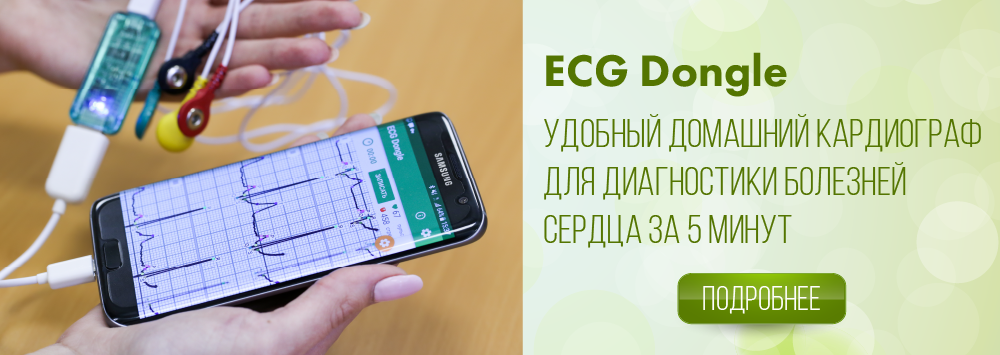History of electrocardiography
When the heart is excited, a difference of potentials arises on its surface and in its tissues. It regularly changes in magnitude and direction as new areas of the heart are involved in the excitation.
The bioelectric activity of different parts of the heart arises in a strictly defined sequence, repeated in each cardiac cycle of excitation. The resulting changes in the charges of the heart surface create a dynamic electric field in the conducting medium, surrounding heart, which can be detected from the surface of the body after appropriate amplification in the form of a variable potential difference.
This produces a characteristic curve consisting of several waves, separated by certain intervals. This curve was called the electrocardiogram (ECG). The ECG waves are designated by the Latin letters P, Q, R, S and T, and the corresponding intervals, or segments, are designated by P-Q, S-T, Q-T. The waves and intervals of the ECG reflect activation and recovery processes in different parts of the heart. Processes record with the help of a functional diagnostic device - an electrocardiograph.
For the first time, the existence of electrical phenomena in the contracting frog heart was suggested by the German researchers A. Kelliker and G. Müller (1856), who, when attached to the heart a nerve, going to the muscle, observed a rhythmic contraction of the skeletal muscle in time with the heart.
In 1862 I.M. Sechenov in the monograph "About Animal Electricity" wrote that when the nerve of the "driving apparatus" of the frog is attached to the rabbit's ventricle, "the muscle of the frog's apparatus shudders at every systole of the ventricle." This is the first known mention of the presence of electrical phenomena in the heart of warm-blooded animals. The first instrumental record of the electrical activity of the heart in a turtle and a frog was carried out by Moray in 1876 with the help of Lippmann's capillary electrometer.
The first human ECG was recorded in 1887 by the English researcher A. Waller using a capillary electrometer. Electrodes for recording potentials Waller placed on the trunk (chest and back) and on the limbs of a person. Later, the same researcher published a technique for recording ECG in animals (dog, cat, horse). He trained his pets to calmly stand in the baths with water to ensure a reliable contact of the covers of the body with the recording equipment and received the same curves in all the animals.
The technique of recording the ECG from the limbs became subsequently universal, standard, at the suggestion of the Dutch scientist V. Einthoven. In his studies V. Einthoven used a more perfect string galvanometer that allowed recording the ECG in its modern expression. He at the very beginning of the century put into practice the term "electrocardiogram", gave the designation of waves and intervals of ECG, introduced standard leads, developed the first theory of genesis of ectrocardiogram.
In Russia, the introduction of an electrocardiographic method (electrocardiography) is associated with the work of A.F. Samoilov, who introduced the term ECG into practice and created one of the theories of the genesis of electrocardiogram.

